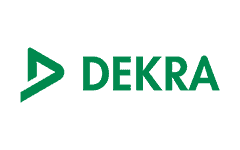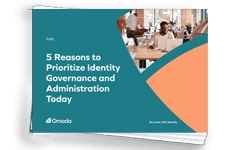Do new employees have the correct level of access from day one? Are you sure your access management is compliant with regulations? Can you document that employees have compliant access in line with their job role? Establishing full control and overview of access rights, which are constantly changing in a complex mix of users, IT systems, and organizational structures, is no mean feat. Role-based access control or RBAC – defines what you have access to and just as importantly, what you should not have access to – based on your role or context.
RBAC is more relevant than ever
The business benefits of role-based access control (RBAC) are many. Besides the obvious increase in security across the organization, RBAC also increases efficiency, which results in faster onboarding and off-boarding processes, and ensures compliance, as the organization has a higher level of control and knowledge of who has access to what, and why, as well as reduced administrative work and IT support.
But RBAC can be complex, so what is a good way to get started with RBAC and how do you get the organization involved?
In this webinar CGI and Omada will take you through the key steps and considerations to succeed with your implementation of a role-based architecture and how to implement it in the HR and security processes of an organization. We will also explain how implementing an RBAC model and using an IGA tool can automate IAM processes and save you a lot of time and money! Learn about:
- What are roles
- Ownership – involve the business
- Best practice processes
- Assigning roles
Presented by:
Mark Ganzevles, Business Consultant Identity & Access Management, CGI Nederland
Richard van Es, Senior Solution Consultant, Omada
Moderator:
Arend-Jan Buzepol, Director Consulting Expert, CGI Nederland
Language:
The webinar is presented in Dutch with slide presentation in English.































